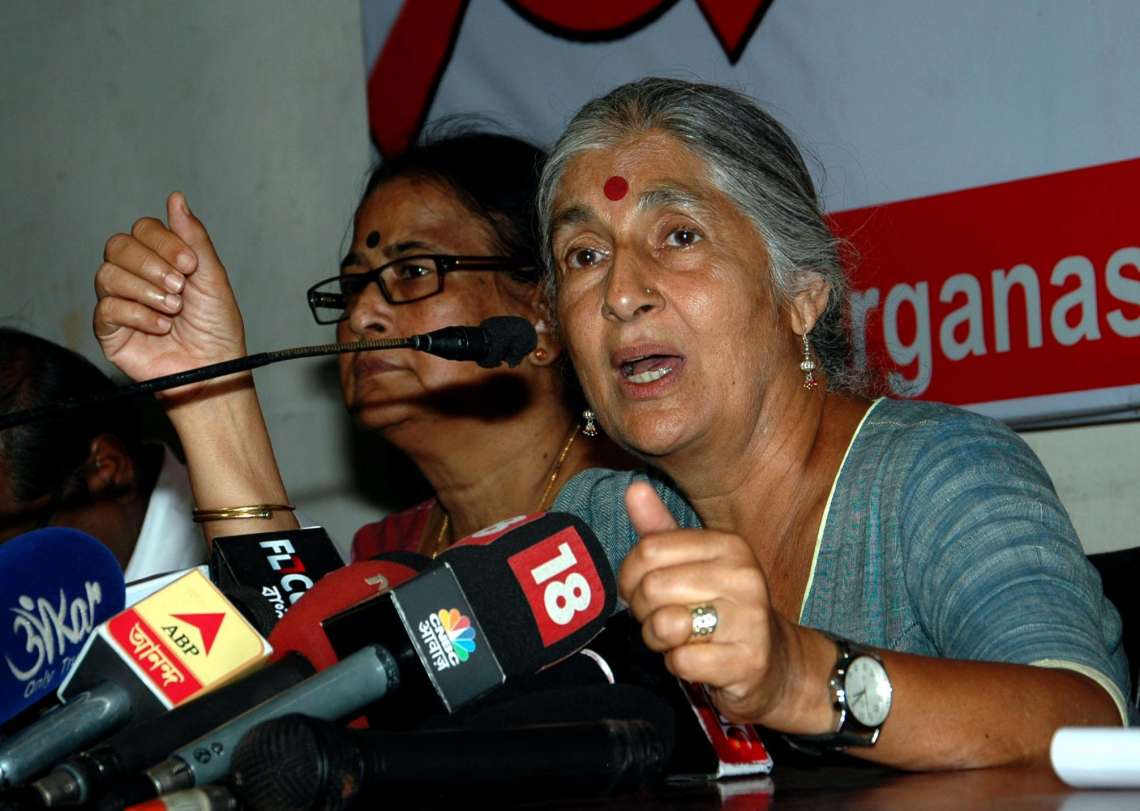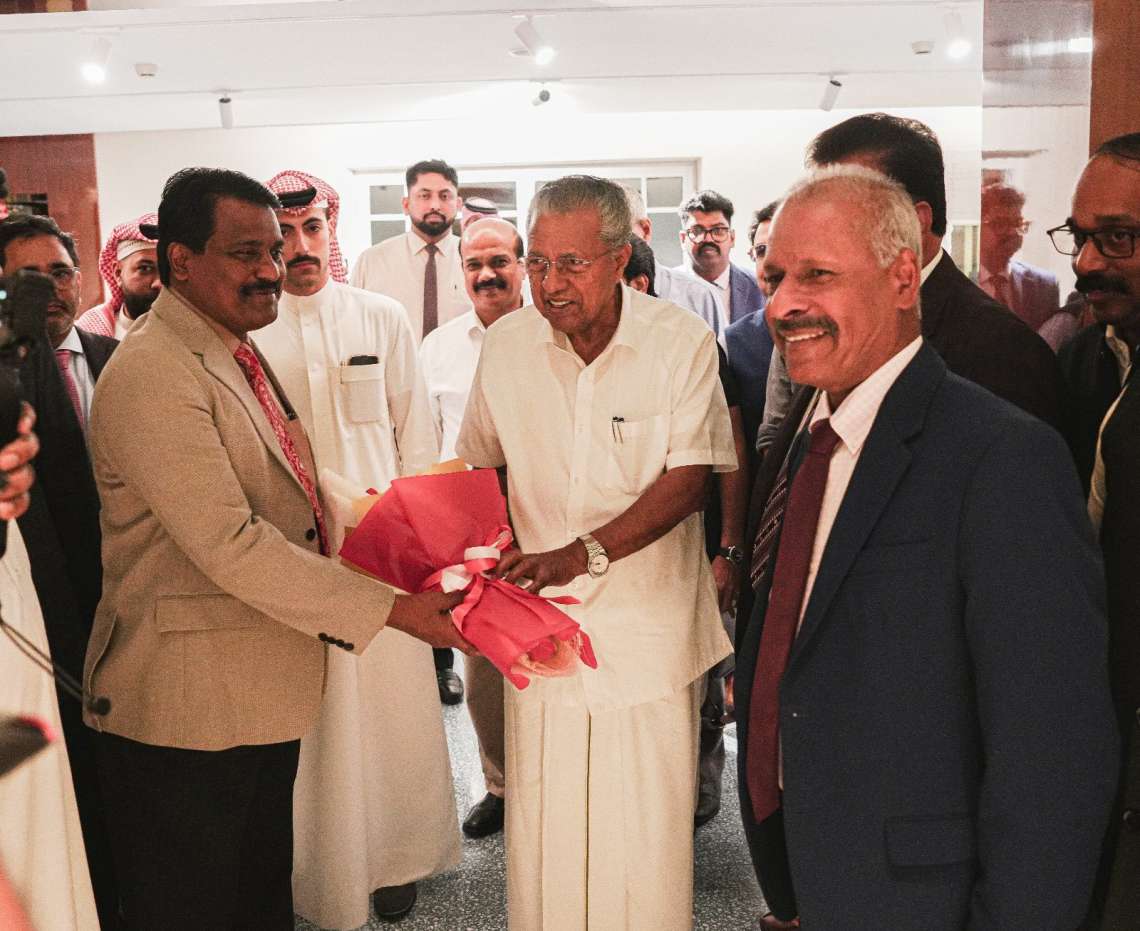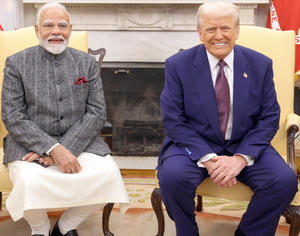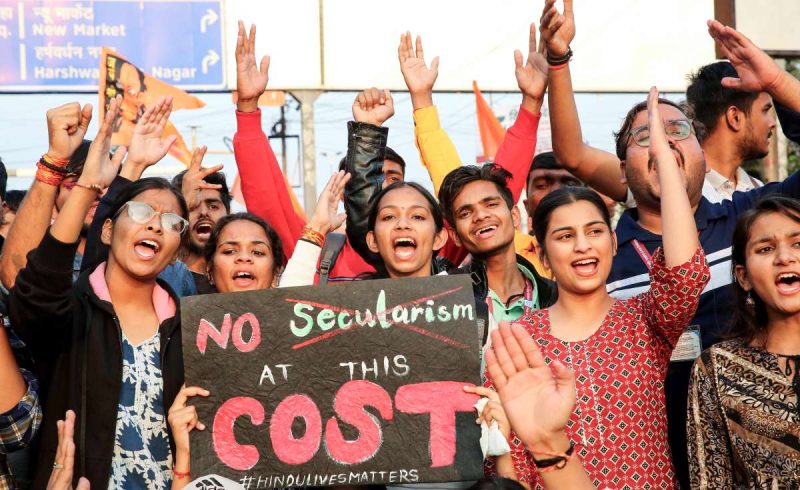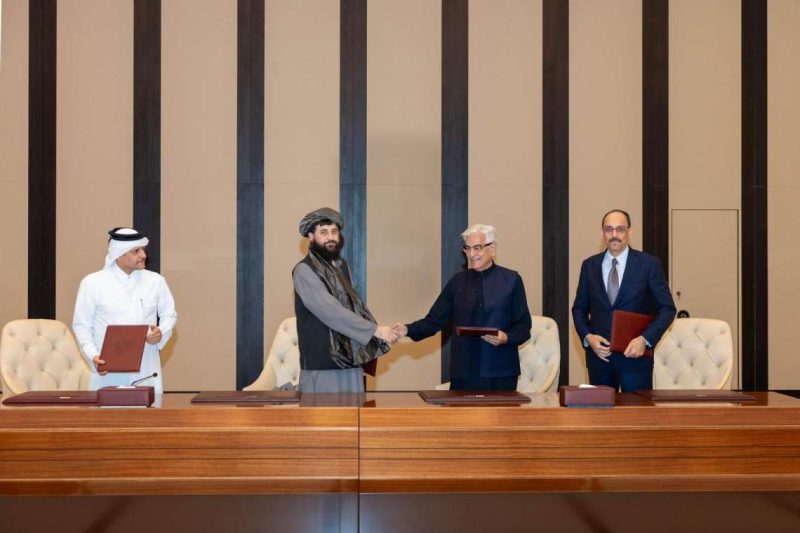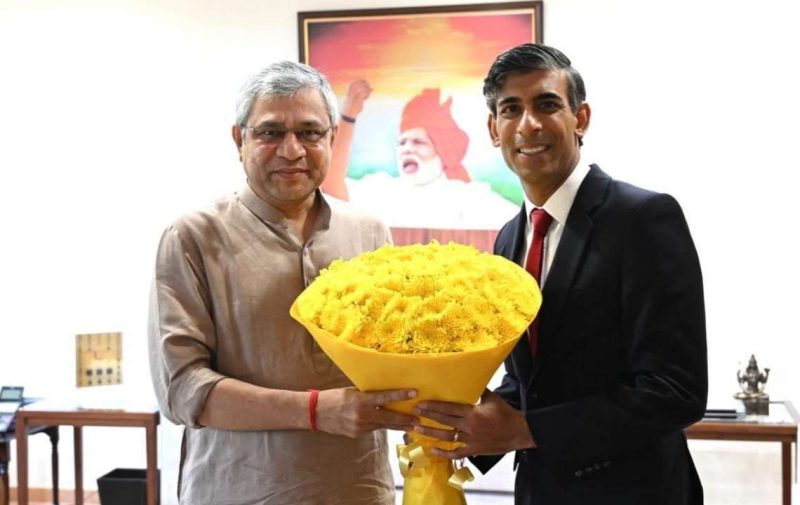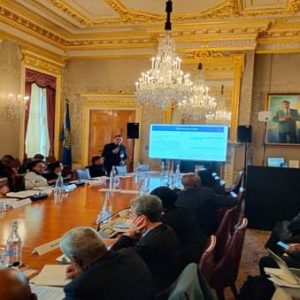Social media is being used to create a cohort of real and virtual influencers who seek to convey to external and domestic investors a false sense of an economy and society in turmoil and decline, writes Prof. Madhav Nalapat
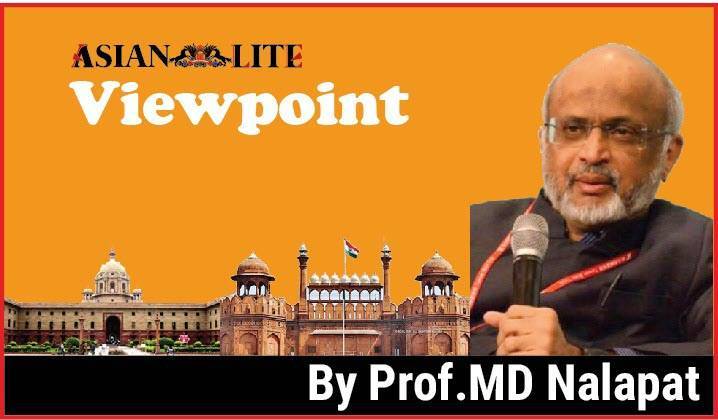
India, the United States, Japan and Taiwan are the four countries that are the subject of intensive “war gaming” within the portals of the Central Military Commission (CMC) in Beijing. The CMC has a network of think-tanks and analysts spread across the globe, including in the target countries. Both kinetic as well as non-kinetic options and operations are being worked out against the four target countries, while some operations have already been operationalised, overtly and covertly. For example, blocking international sanctions on terrorists active against India is by any yardstick the equivalent of war by other means.
Within the CMC, it is clear that it is the growing economic potential of India that is proving to be a major concern. Extensive studies have been carried out within PLA-linked institutes on the taxation, regulatory and law enforcement system in India. The effort of the Sino-Pakistan network is to work towards creating a favourable atmosphere within India for anti-growth measures such as (a) retaining rather than removing some of the more irksome and counter-productive taxes, laws and regulations still in force in the country, and (b) promoting the introduction of fresh measures that would damage the investment climate in India to such an extent that it gets too riddled with regulatory complications to ensure a welcoming ambience for investment, both domestic and external.
The nightmare scenario worrying military planners in Beijing (of both the kinetic and non-kinetic kind) is the growing prospect of success for Prime Minister Narendra Modi’s efforts at creating a welcoming environment in India for investment, including in start-ups and transfer of manufacturing facilities from the PRC. Static between Beijing and Washington caused by Cold War 2.0 is leading even mega US-based investors such as Tesla and Apple to consider shifting the bulk of their production facilities from the PRC to India, given the rising curve of tension between the US and China. Should such a trend towards decoupling gather speed, the impact on the PRC economic prowess that ensures compliance by the population of the control of the Chinese Communist Party would be substantial.
CURTAILING INVESTMENT IN INDIA
Through the misuse of social media via the creation of a cohort of real and virtual influencers who collectively seek to convey to external and domestic investors a false picture of an economy and society in turmoil, the CMC-GHQ pair are seeking to muddy the waters for domestic and foreign investment in India sufficiently for potential mega investment flows to be aborted. The intention of such asymmetric warfare measures is for the investors that are essential for growth and employment to either leave India or to persuade them not to take a chance on what is the world’s largest pool of able manpower and future market.
India’s is an economy whose fundamentals are among the best in the world. By creating a fog of misperception about the likely course of policy, the expectation within the CMC is that this promise and potential will remain unknown to large numbers of potential domestic and foreign investors. Over the past years, there has been a significant movement of investment from China to other parts of the world. What is possible is an acceleration of the flow of investment into India, something that is very possible under the Modi dispensation. Prodded by the PMO, the Defence Ministry has succeeded in improving the infrastructure in border areas in an unprecedented manner, as the military is aware that at any time there could be a flare-up of hostilities between them and the PLA, together with its auxiliary force, GHQ Rawalpindi. A similar war footing needs to be adopted by other ministries as well, especially those dealing with matters relating to the economy.
Prime Minister Modi’s directive to examine the plethora of regulations and laws so as to remove many and make compliance easier for the rest needs to be speedily implemented by the entire government. Progress is already being made. Of an estimated 64,000 compliances at different levels of government (union, state and local) that were in place before 2014, as many as 29,000 have been removed as a consequence of the Prime Minister’s directive. Of the remainder, more than half could be removed, as several have been put into place only to create roadblocks that require inducements to be given so as to clear such deliberately-created hurdles to employment, innovation and output. Just as with the farm laws, long-needed reforms dealing with employment and land could be rescued from cold storage and devolved to the state level, thereby creating among them a competition in excellence.
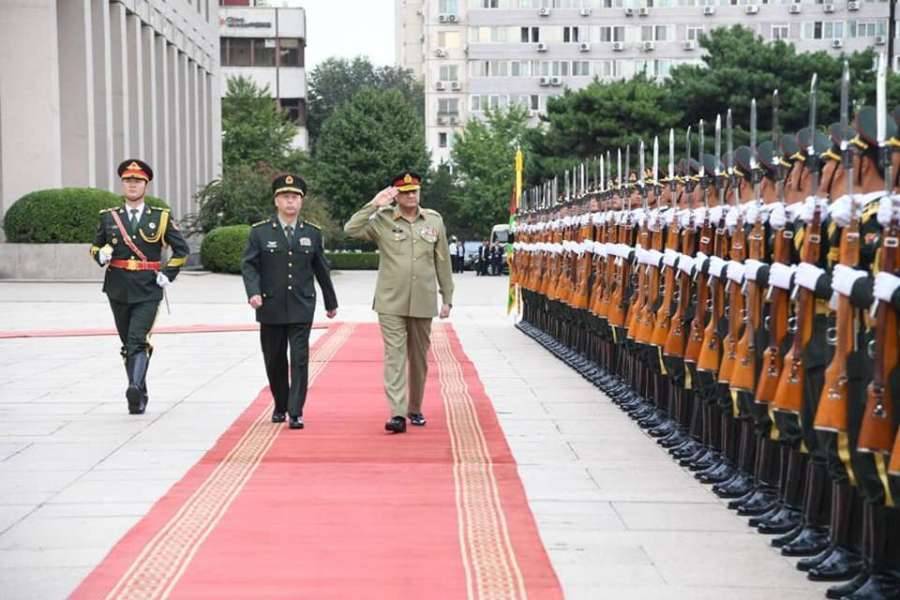
FASTER ADJUDICATION KEY
Until 2014, it was more difficult in India than in most other large economies to set up a new unit and to initiate other economically useful activities. Progress has been made since then, although much work remains to be done in view of the economic warfare that is being waged on India by the Sino-Wahhabi alliance and their domestic and international network. It needs to be made difficult if not impossible to indefinitely delay a project through recourse to suits filed in various courts. In the absence of changes in pricedure, the outcome is that even major decisions at the Union or State level could take long periods of time to escape from the thicket of cases that may get filed for the purpose of delaying or killing a project.
The judiciary in India is among the hardest worked in the world, as each level has to adjudicate an Everest of cases. In the setting of financial limits for the hearing of cases, inflation and the rising complexity of a modern economy need to be factored in. Rather than Rs 2 crore as the cutoff limit for the Supreme Court, a realistic cutoff below which the case would be disposed of by a lower court would be Rs 50 crore. The learned Justices of the Supreme Court would thereby be enabled to devote their attention to issues of great consequence, rather than having to wade through a plethora of less important matters. Where High Courts are concerned, the limit below which a case relating to such matters will not be heard by an HC could be fixed at Rs 10 crore rather than Rs 50 lakh.
Down the line, changes in cutoff limits would shorten the period within which cases get decided. Should a case involving the state in disputes with another party drag on for more than 15 years, there should be a final verdict in 45 days or the case should be taken as withdrawn. Perusal of court records would show which side in a dispute is seeking to delay a verdict, and after a fixed elapse of time, further delays should not be entertained. Justice delayed is justice denied, and this applies particularly poignantly to cases where one of the parties finally goes insolvent or dies without getting the relief sought. The Chief Justice of the Supreme Court could, through changes in procedure, ensure that the nightmare of indefinitely prolonged cases that scares away so many investors ends.
GIVE TALENT A CHANCE
There are some cutoffs that should be altered soonest, and among these is the Rs 200 crore cutoff for selection of consultants hired by various ministries. As a consequence of such the high cutoff decided upon by an unknown bureaucrat, several pools of cutting-edge brainpower are excluded from participation in policy formulation, which has therefore got monopolised by just four entities, each of which is foreign controlled. While these entities may be of high quality, what is beyond doubt is that there are individuals outside their rolls who are equally if not more capable of coming up with cutting edge ideas where policy is concerned.
Once such an artificial cutoff gets eliminated, a quarter of specialist consultants could comprise (1) a former government official with a record of success in implementation, (2) a domain specialist of demonstrated expertise, (3) an individual who in an NGO or otherwise has worked with success in empowering large clusters of citizens, and (4) a professional who has direct practical experience of the field in which policy is being sought. At present, such a group would be nowhere close to the cutoff limit of Rs 200 crore, and therefore would get excluded from consideration as possible policy consultants. Mahatma Gandhi said that small is beautiful, but such is apparently not welcome to those who favoured such a steep cutoff in the selection of consultants advising on government policy.
Regulations are, as has often been pointed out, not an end in itself but a means to an outcome that is in consonance with the public interest. As more and more gets done within the government to ensure that PM Modi’s directive to cut down regulatory barriers takes effect, more and more unicorns are springing up within India, 54 out of 105 at last count. By 2024, that proportion could rise from the present half to three-quarters of all unicorns created by Indian talent.The improved regulatory climate could include in future bringing the tax burden on unicorns located in India at par with the lower level of tax in economies such as Singapore. Given the ease of transfer of capital or expenditure in unproductive assets, tax rates need to be attractive rather than punitive.

REDUCE COMPLIANCE BURDEN
To believe that high rates bring in higher overall revenue is a fallacy nourished by economists and officials who believe in a “Soak the Rich” doctrine that whenever implemented dries up the investment climate. A relook at the income slabs for application of surcharges is also called for, so as to reflect the change in the purchasing power of the rupee over the years. Although FEMA replaced FERA two decades ago, several of the officials engaged in implementation of FERA continue to have a FERA mindset, and look with suspicion at transactions that are routine elsewhere.
FEMA has taken on more and more of the characteristics of FERA, especially through a blizzard of RBI circulars grounded in a FERA mindset. Punitive rather than ameliorative measures and increasing rather than reducing the burden of compliance including on relatively small enterprises, will divert more and more NRI foreign exchange flows into India through informal rather than regular banking channels. Job givers have since UPA days settled abroad as foreign citizens or as NRIs, in view of concern that there is a surfeit of ease of prosecution against those domiciled in India, and in Modi 2.0, this needs to change.
POLICE ESSENTIAL
It was under PM Modi that a measure as consequential as GST was implemented. In the beginning there were constant changes being made in the rates and regulations governing what PM Modi sought, which is a “good and simple” tax. It took immense effort by the PMO to ensure that such wrinkles were removed. The implications on inflation of higher and higher tax rates are beginning to be factored in within the economic ministries during Modi 2.0, as also the fact that raising tax rates after a point results in greater evasion rather than compliance becoming the norm.
Policing rather than facilitation is not the best way of ensuring a policy ecosystem favourable to growth. Among the reasons why much of South India, Gujarat and increasingly Uttar Pradesh are becoming favoured investment destinations is the improved law and order situation there. More funds need to be allocated for recruiting and training police personnel, and a severe view needs to be taken of those who seek to pollute the police force through the induction of bribe givers rather than deserving recruits.
Equally important is the need to increase the numerical strength of the judiciary, and ensuring mandatory time limits for disposal of cases at each level, besides a reduction in the proportion of cases that move up the judicial ladder. Cases lasting for 15 years need to be either decided within six months or thrown out. Measures such as the criminalisation of cheque bouncing or the widespread use of Section 144 need re-examination in a context where cases of cheque bouncing and those involving Section 144 are many but verdicts are few.
WINNING THE WAR
Modi 2.0 is proving its external and domestic foes wrong in their forecast that the enabling environment in India for industrial, service and other activity would deteriorate in the manner witnessed during past regimes. Mainstreaming poverty by curbs on the better off rather than promoting more and more people up the income ladder was regarded in the past as the way forward, which is why India still lags far behind East and Southeast Asia in per capita income. Given the systematic manner in which the Sino-Pakistan alliance is seeking to hollow out the Indian economy and affect public welfare, ministries dealing in economic matters need to factor in the fact that not just the Defence Ministry but they too are facing a war against a determined and cunning enemy.
The way out is for them is to follow the maxims favoured by Prime Minister Narendra Modi rather than succumb to the lures of vested interests who push for policies that create stagnation, and which generate raises rather than reductions in tax rates and in regulations involving productive activity. The decoupling of foreign entities that is taking place in China has provided an opportunity that comes to a country rarely, a fact that is clear to those at the top, led by Prime Minister Modi and ministers such as Nirmala Sitharaman and Nitin Gadkari. Team Modi needs to ensure that the reformist 21st century mindset of Prime Minister Modi percolates to levels still anchored to regressive concepts that have their ./origin in a colonial past that reduced India to poverty. This is the only way to win India’s war against the efforts of the Sino-Pakistan combine to weaken the Indian economy so as to cause widespread social unrest.



